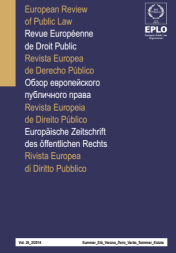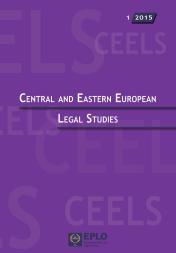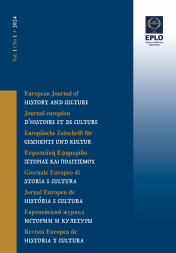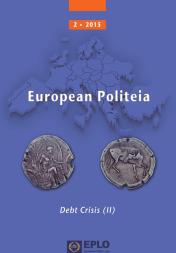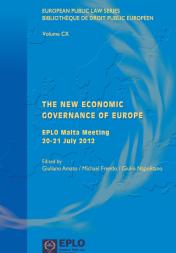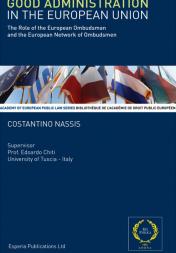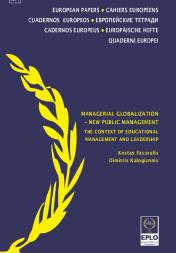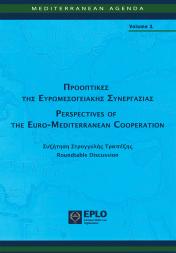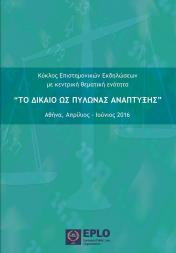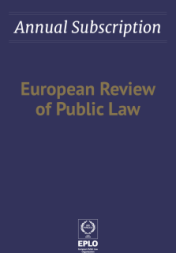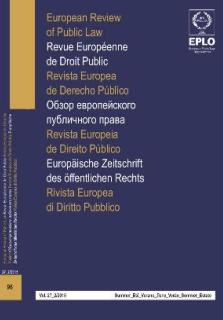
UNAMENDABILITY AND THE GENETIC CODE OF THE CONSTITUTION
YANIV ROZNAI
Post-Doctoral Fellow, The Hauser Global Law School, New York University (NYU) School of Law
& The Minerva Center for the Rule of Law under Extreme Conditions, University of Haifa,
Faculty of Law and Geography Department. Email address: roznai.yaniv@post.idc.ac.il
An increasing number of constitutions contain "unamendable provisions" in order, inter alia, to protect essential characteristics of the constitutional order or principles perceived as being at risk of repeal via the democratic process. The paper examines unamendable provisions. In order to do so, it studies the text of unamendable provisions which were and are stipulated in 735 former and current written national constitutions. It reviews the origins, structure and content of unamendable provisions, seeking any content-based or material links among them. It also analyzes the characteristics of unamendable provisions and identifies various features of unamendability such as preservation, transformation, aspiration, conflict-management and bricolage. Unamendable provisions fulfil certain functions and reflect the important symbolic value of certain constitutional principles or institutions. It is argued that these limitations, which tie the past, present and future of a polity, are utilized, in a way, to preserve a core of a nation's constitutional identity thus comprising its "genetic code".
Un nombre croissant de Constitutions contiennent des "dispositions non modifiables" afin de, entre autres, protéger les caractéristiques essentielles de l'ordre constitutionnel ou des principes perçus comme risquant d'être abrogés à travers le processus démocratique. Cet article examine des dispositions non modifiables. Pour ce faire, il étudie le texte de dispositions non modifiables qui ont été ou sont stipulées dans 735 Constitutions nationales écrites, anciennes ou actuelles. Il passe en revue les origines, la structure et le contenu des dispositions non modifiables en cherchant les liens entre elles, basés sur le contenu ou matériel. Il analyse également les caractéristiques de certaines dispositions non modifiables et identifie différents aspects de la non-modifiabilité tels que la préservation, la transformation, l'aspiration, la gestion de conflit et le bricolage. Les dispositions non modifiables remplissent certaines fonctions et reflètent la valeur symbolique importante de certains principes ou institutions constitutionnels. On peut dire que ces restrictions, qui lient le passé, le présent et le futur d'un régime politique, sont utilisées, d'une certaine manière, pour préserver un noyau d'identité constitutionnelle nationale comprenant donc son "code génétique".
[This is a revised preliminary section of a PhD thesis entitled Unconstitutional Constitutional Amendments: A Study of The Nature and Limits of Constitutional Amendment Powers (Department of Law of the London School of Economics and Political Science, 2014) which was awarded the 2014 Thesis Prize of the European Group of Public Law (EGPL).]




